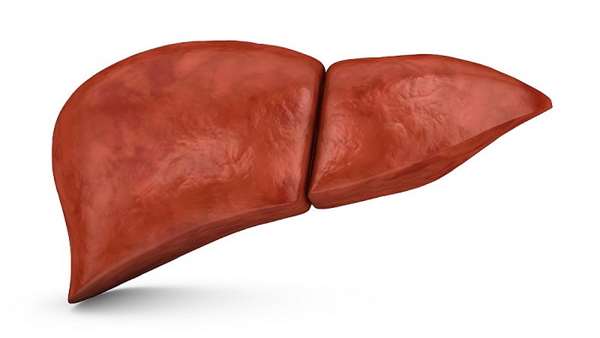Promethera’s liver failure stem cell therapy clears first hurdle
Promethera’s HepaStem therapy is being developed to treat acute-on-chronic liver failure (ACLF) – a life-threatening flare-up of symptoms in chronic liver disease – as well as to prevent ACLF in patients with acute decompensated (AD) liver disease, in other words with symptoms such as internal bleeding and jaundice.
Promethera’s HepaStem therapy is being developed to treat acute-on-chronic liver failure (ACLF) – a life-threatening flare-up of symptoms in chronic liver disease – as well as to prevent ACLF in patients with acute decompensated (AD) liver disease, in other words with symptoms such as internal bleeding and jaundice.
The Belgian biotech presented preliminary results from its phase 2a trial of HepaStem at the EASL congress in Vienna which showed that infusions of the stem cell therapy wasn’t associated with any adverse effects and showed trends towards an improvement on efficacy measures.
Now, the company intends to press ahead with a larger study, and has also been emboldened to accelerate plans to test the approach in non-alcoholic steatohepatitis (NASH), a more common condition affecting millions of people around the world that has become a hot target in drug discovery and development.
At the moment, the only treatment for patients whose liver disease has advanced to ACLF is a liver transplant, and that also applies in some cases to patients with AD. Access to donor organs is a perennial problem however, and complicated by the reality that many patients with ACLF have underlying viral infections or alcoholism.
If it can bring patients back from these acute crises, HepaStem could be a much simpler and presumably cheaper therapeutic option for ACLF than transplantation. It consists of liver stem cells harvested from donated healthy organs, which are intended to migrate from the blood to the liver, implanting and helping the diseased tissue regenerate.
Promethera’s chief scientific and medical officer – Etienne Sokal – said the next stage will be to conduct a larger trial in ACLF “focusing on clinical efficacy to restore better liver function, and potentially decrease mortality and need for transplantation.”
In the trial, HepaStem liver stem cells were infused intravenously in ascending doses to 19 patients, including 12 with ACLF and seven with AD. There were no clinically significant changes on safety measures such as platelet count, fibrinogen levels, and coagulation factors
The therapy also showed some signs of improving the Model for End Stage Liver Disease score (MELD) and Child-Pugh scales, which measure symptoms such as cirrhosis and are used to predict a patient’s chance of dying from liver disease.
HepaStem treatment also reduced levels of bilirubin, an orange yellow pigment found in red blood cells that is elevated in liver disease, because the organ’s ability to break down aged red blood cells effectively is impaired.
“While these are early results, our preliminary data point to liver function improvement,” said Frederik Nevens of Katholieke Universiteit Leuven in Belgium, who presented the data at EASL.
“We can only hope this treatment will not only prove to be efficacious in the future, but also help the numerous patients with ACLF and AD and bring them to a stage where organ transplantation can again be considered, or behavioural changes can start helping again,” he added.





ارسال به دوستان